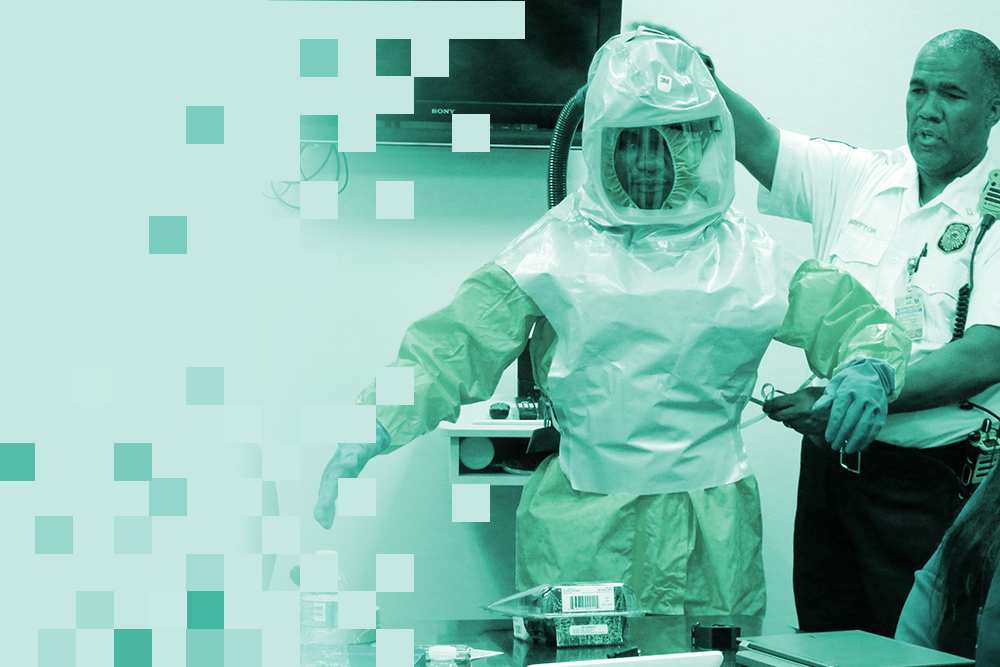When disasters and public health emergencies happen, the number and intensity of stressors increase quickly. This course, which is part two in a three-part series, explores the stressors that can occur during disasters and public health emergencies.
It will also consider how these stressors affect the public health workforce and review strategies that organizations, teams, and individuals can use to support resilience.
Learning Objectives
- Describe how each stage of a disaster or public health emergency can affect the public health workforce.
- Describe the roles and responsibilities of individuals, teams, and organizations in building and supporting resilience.
- List two impacts of disaster cascades on individuals, teams, and organizations.
Intended Audience
Public health administrators and managers; other public health professionals working in emergency preparedness
Ready for Resilience Series
Part One: Stress and Resiliency
Part Two: Supporting the Workforce
Part Three: Preparedness in Practice
Instructors
The following instructors assisted with this series:
- Randy Beaton, PhD, EMT
- Wayne Corneil, ScD
- Butch de Castro, PhD, MSN/MPH, RN, FAAN
- Kira Mauseth, PhD
- Suzanne Hawley, PhD, MPH
Format
The online courses in this series have interactive exercises and a companion workbook, the Resiliency Resources Toolkit. Each course takes approximately 1 hour to complete.
Technical Requirements
The online modules were designed to work in most modern browsers, operating systems, and devices.
Accessibility
This training is being delivered in a 508-compliant interface. During development of this training, we attempted to make the content accessible to individuals using screen readers. If you encounter trouble accessing the materials by screen reader or need any other accommodations to access the instructional materials, please contact NWCPHP, and we will do our best to make sure the content is accessible to you.
Continuing Education Credits
Up to 1 CPH recertification credit may be earned by viewing this webinar. Visit the National Board of Public Health Examiners to learn more.


